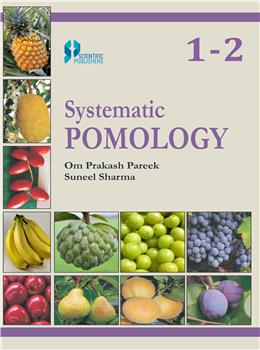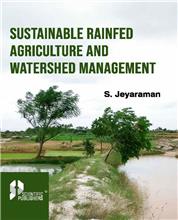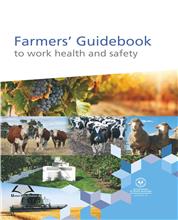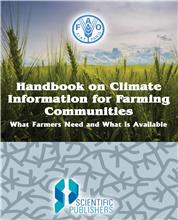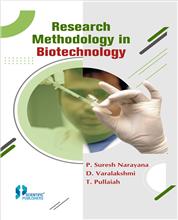The book is aimed to be a treatise on the Systematic Pomology , the primary component of science of fruits, dealing with identification, nomenclature and classification of fruit species based on the descriptions of characteristics related to their morphological, genetical, physiological, biochemical, biotechnological and eco-attributes. Besides taxonomic narrative of each species under the respective orders and genera, considerable emphasis has been laid on cultivars. The treatment is based on the latest version of Nomenclature and Phylogenetic System of Classification (APG III). The book is richly illustrated with diagrams and colour plates and carries fairly exhaustive bibliography and glossary. Thus, the book is of high academic value for research workers/teachers, students and anyone interested in advanced fruit culture to provide insight in identifying and classifying fruit plants, providing standard nomenclature and terminology, in avoiding the confusion from synonymy and promoting correct labeling, to understand their genetic relations, in establishing or maintaining a garden, a germplasm block, a research orchard or even herbaria, in identification of new genotypes or cultivars for introduction and in deciding orchard management practices as well as methods of utilization, in using the correct related cultivars kept in a genetic resources repository for improvement considering the limits of hybridization, and in selecting genetic material for a breeding programme considering their taxonomic proximities and specific characters related to fruit bearing, regularity, nutritive and edible quality, resistance to biotic and abiotic stresses and plant stature and form.
